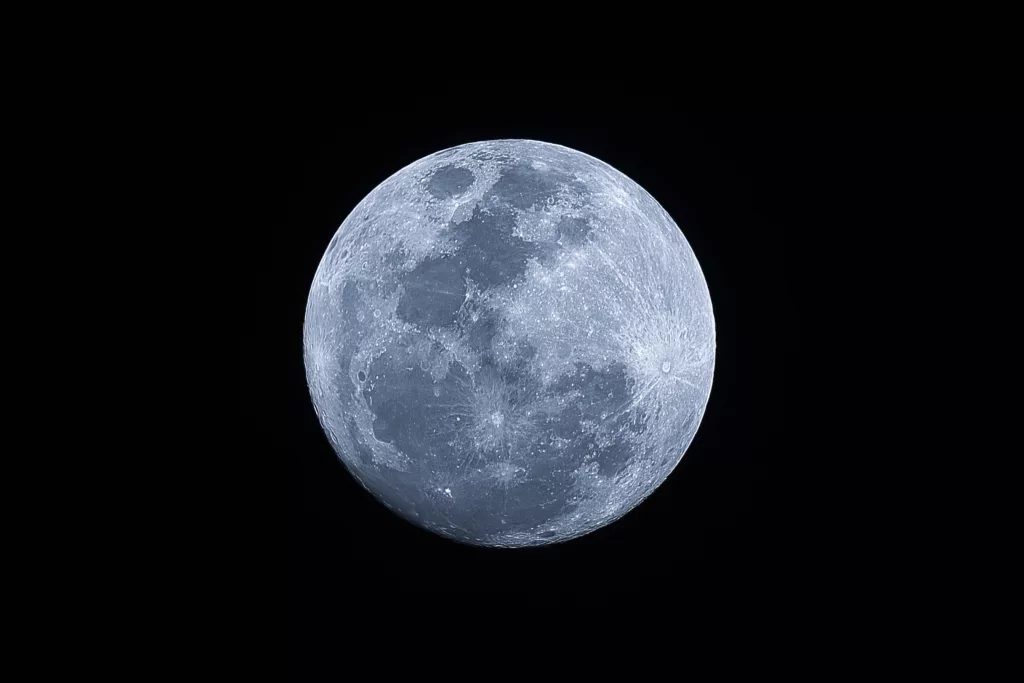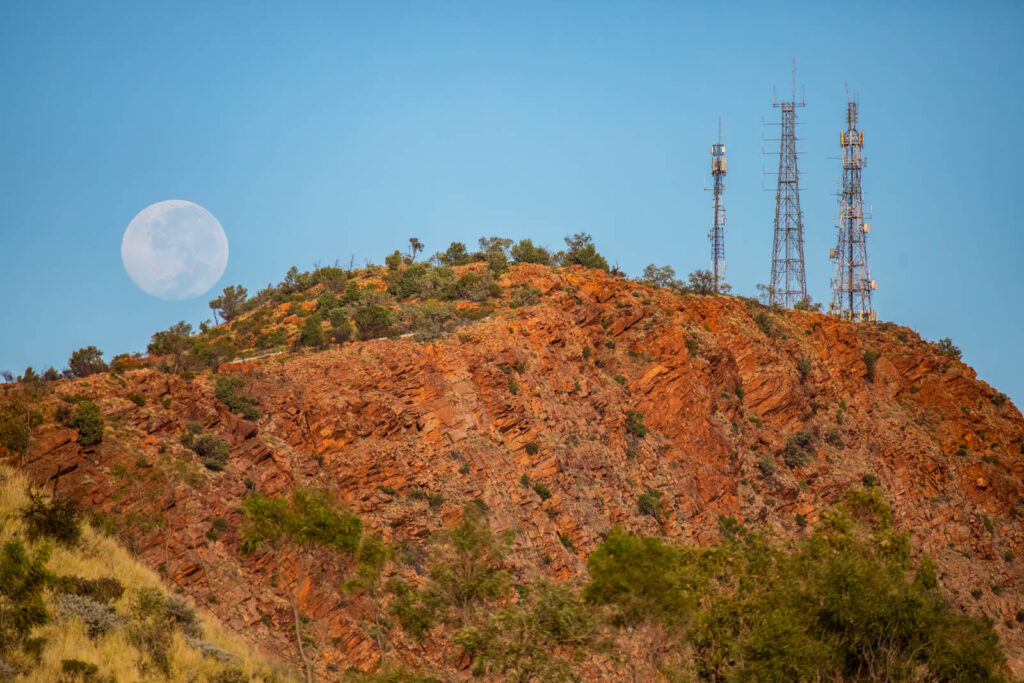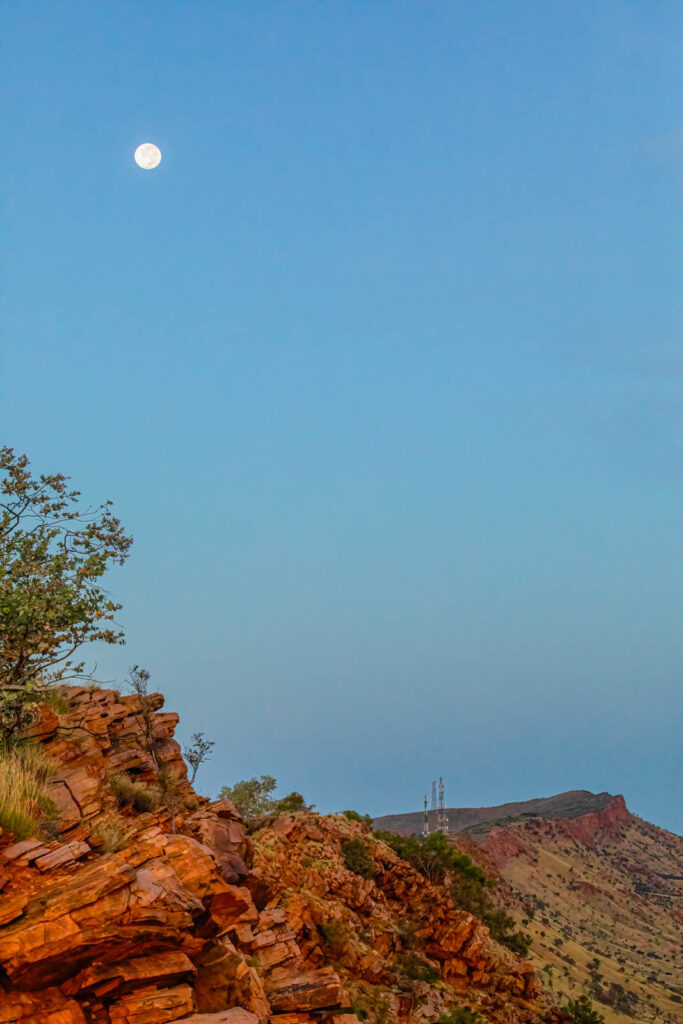As the evening approached and the blue moon emerged, I knew this was a once-in-a-lifetime opportunity. Living in Alice Springs, we’re privileged with some of the clearest skies in the world. Most days here gift us with azure skies devoid of clouds. Last night was no exception.
With the anticipation of the blue supermoon, my partner, a fellow photographer friend, and I geared up. We embarked on a trek up Mount Johns in Alice Springs, aiming to get the best vantage point. The result? A breathtaking snapshot of this rare phenomenon.
To give some context to this celestial event:
- Supermoon: A full moon at its closest point to earth, roughly 363,300km away.
- Blue Moon: The occurrence of two full moons in a single month. This event takes place about 41 times in a century.
This spectacle becomes even more special when these two events converge, termed as a “blue supermoon.” As put by Macquarie University’s astrophysics professor, Richard de Grijs, a blue supermoon is when the second full moon in a month is also at its closest point to Earth.
Space expert Brad Tucker emphasized that “blue moon” denotes the frequency of the event, not the moon’s color. He pinpointed the optimal viewing times as sunset on August 30 and slightly later the subsequent day. – Which means if you missed it last night you can get a glimce of it tonight.
Dr. Shannon Schmoll from Michigan State University sheds light on the phenomenon, explaining that the moon’s orbit around Earth isn’t perfectly round. When it’s closer during its full phase, it appears grander, causing a supermoon. Such blue supermoons visit our skies approximately once a decade, with the next one projected in 2029.




